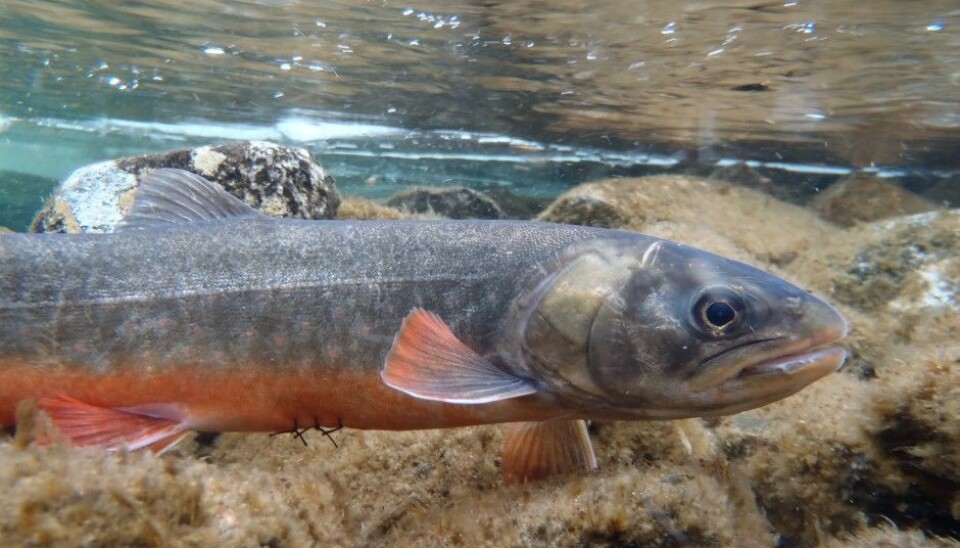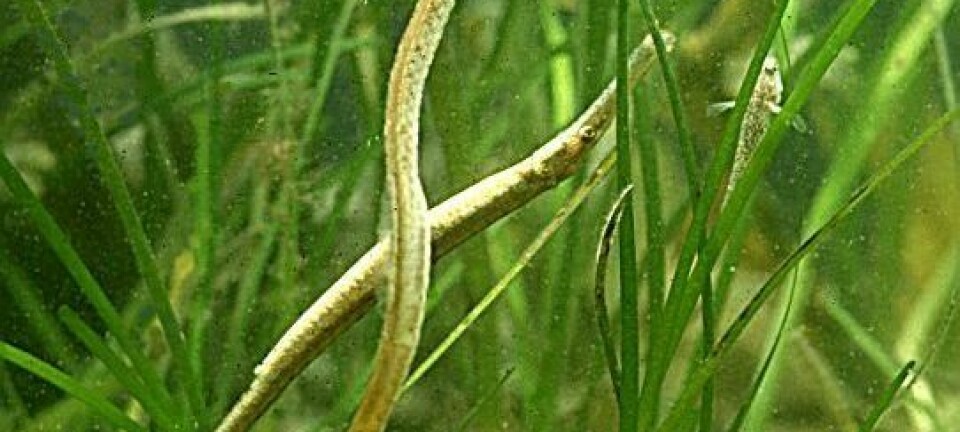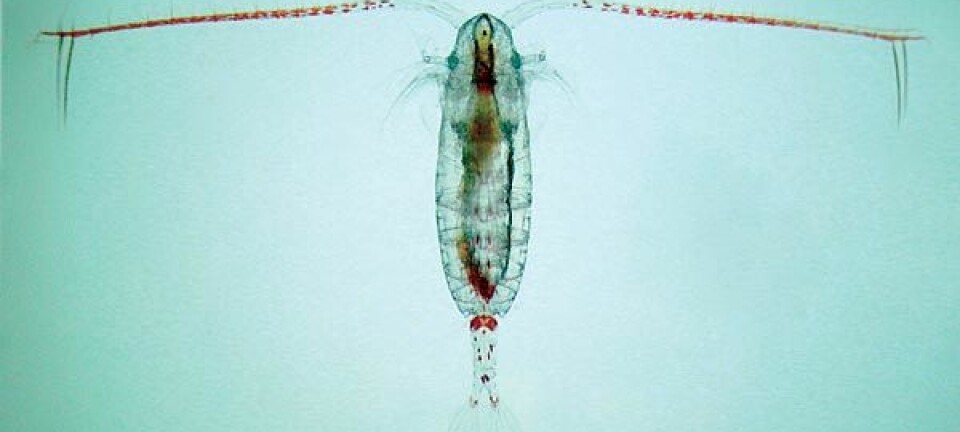An article from NIVA - Norwegian Institute for Water Research

The midnight sun messes with the Arctic charr’s inner clock
Below ice and snow, in pitch dark, Arctic charr’s circadian clock still ticks with precision. The exception comes during the darkest and brightest weeks of the year, when daily activity rhythms break down.
In polar regions extreme seasonal changes occur, driven by rapidly shifting day length.
This results in periods of several months per year when the sun remains permanently above or below the horizon, limiting the daily photoperiodic information polar organisms receive during these summer and winter periods.
Freezer on, lights off
The Arctic charr is the most northern distributed freshwater fish, subjected to polar cycles in environment and food availability.
In this hostile environment, where the sun is low, and temperatures are lower, it has found its home. Adapted to cold, dark and nutrient-poor environments, below ice and snow, the charr’s activity rhythms reflect the above-surface daily photoperiod.
Researchers have undertaken the first high resolution analysis of the daily and seasonal movements of a free-living fish in polar waters, subject to extreme variation in photoperiod and temperature.
They tracked or followed 23 individuals of Arctic charr in Lake Ellasjøen, Bear Island, using an autonomous acoustic telemetry positioning system over a complete year (Sept 2009-sept 2010). The results have recently been published in the scientific journal Biology Letters.
Circadian clockwork
"The charr’s daily activity rhythms mirrored the photoperiod, even under ice and snow, for most of the year," Kate Hawley, researcher in NIVA and first author of the recent publication, explains.
Charr are visual feeders and are capable of foraging for food at very low temperatures and light levels. It is likely, therefore, that charr were able to detect subtle changes in subsurface light-levels, even during the polar night and under ice.
Rhythm breakdown
However, during the darkest two weeks of winter solstice and throughout the midnight sun period, in June and July, daily activity rhythms broke-down.
Charr were inactive in the darkness and conversely showed high rates of around-the-clock activity under the midnight sun, indicating that the amplitude of change in subsurface light-levels was too weak to be detected by Ellasjøen charr.
The findings suggest that an internal annual calendar exists in the charr, enabling forecasting and response to extreme Arctic seasons.
"This suggests that around-the-clock activity is advantageous in these periods. Distinct cycles of feeding, growth and reproduction are functional for a fish adapted for life in the freezer," Hawley concludes.
































